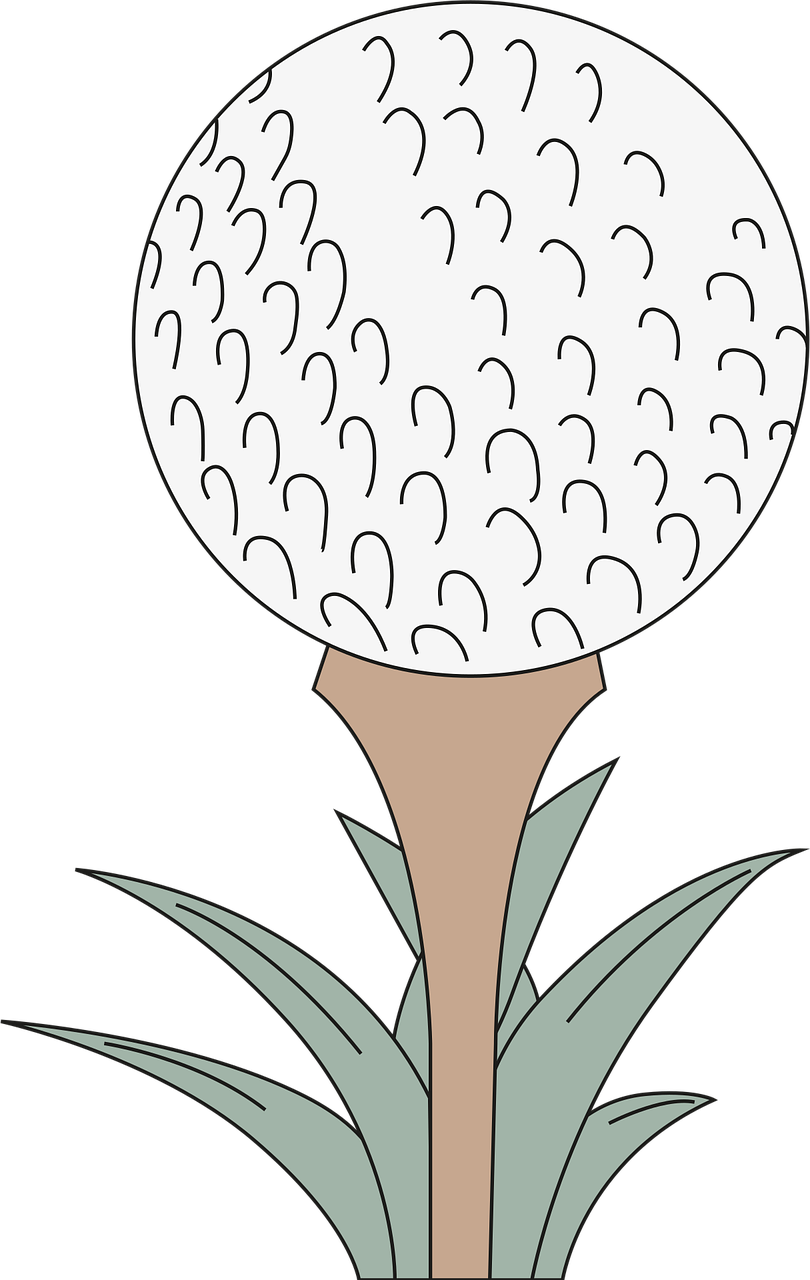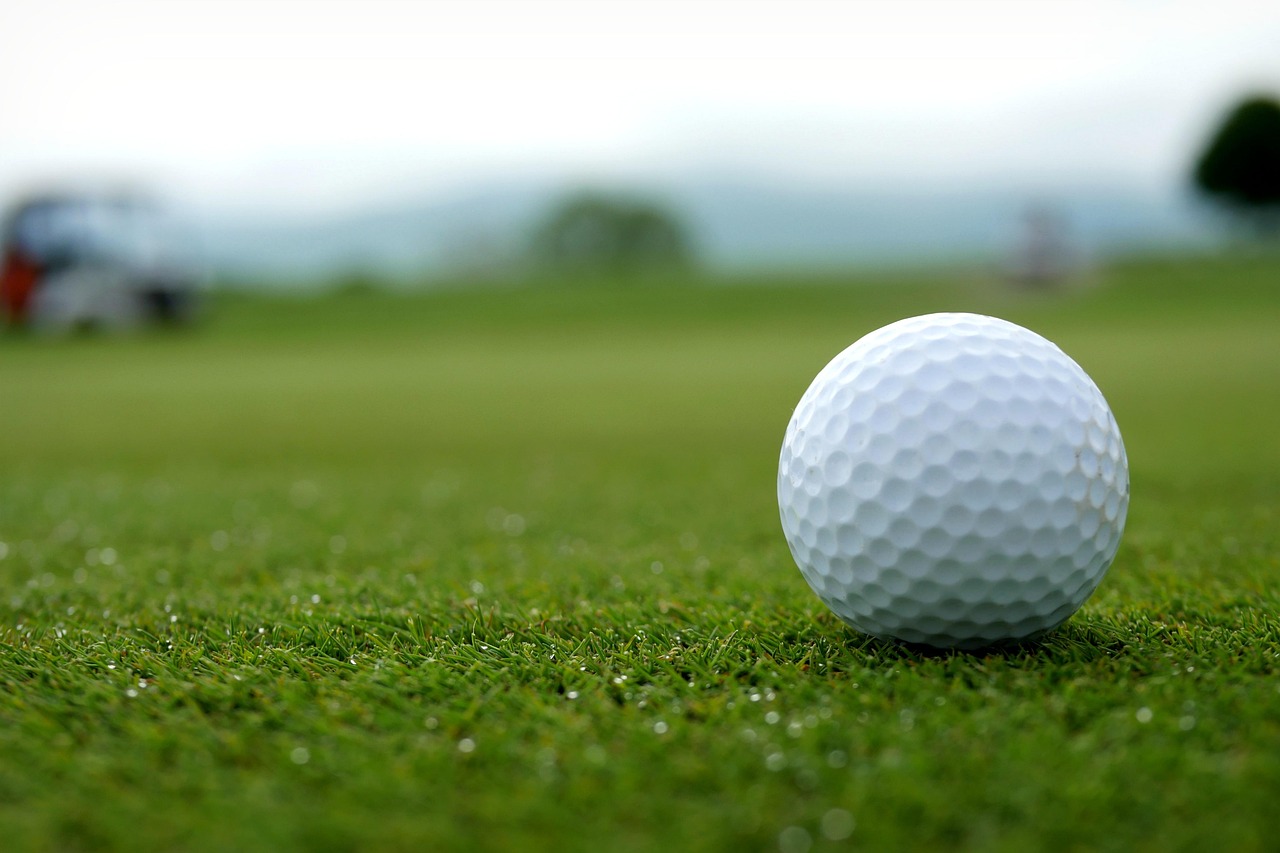Are you finding it hard to get consistent distance and control because your swing speed is on the slower side?

What Are The Best Golf Balls For Slower Swing Speeds?
You want a golf ball that works with your swing, not against it. Choosing the right ball can help you gain distance, improve feel around the greens, and reduce frustrating mis-hits. This guide walks you through why swing speed matters, what ball features help slower swing players, and specific ball recommendations so you can make a confident choice.
Who counts as a “slower” swing speed?
You probably fall into the slower swing speed category if your driver swing speed is under about 85 mph. Many recreational male golfers are in the 75–85 mph range, while senior men and many women often have speeds in the 60–75 mph range. The exact numbers aren’t rigid, but the key idea is that a lower swing speed benefits from lower-compression balls and designs that promote higher launch and lower spin off the driver for more carry and straighter drives.
Why swing speed affects ball choice
Your swing speed determines how much energy you transfer to the ball. Golf balls are engineered with varying compressions, core materials, and layer constructions to respond differently to that transferred energy. If you use a high-compression ball with a slow swing, the ball won’t deform enough on impact and will lose distance. Conversely, a ball designed for slower swings will compress more easily, create optimal launch conditions, and translate your energy into more consistent distance.
Compression explained in simple terms
Compression is a rating that describes how much a ball deforms under impact. Lower compression (roughly 30–70) feels softer and compresses easier — ideal for slower swing speeds. Medium compression (70–90) is for average swing speeds. High compression (90+) suits very fast swings and elite players who need more control at high speeds. Compression numbers are manufacturer-specific and relative, so use them as a guideline rather than an exact science.
Other ball features that matter for slower swings
- Core hardness and size: Larger, softer cores tend to produce higher ball speed off the clubface for slower swings.
- Layer construction: Two-piece balls are often best for maximizing distance and minimizing cost. Three- or four-piece balls can offer better feel and spin control, but make sure they still have a soft core.
- Cover material: Surlyn or ionomer covers are durable and low-spinning — good for distance and straighter shots. Urethane covers provide softer feel and more spin on short shots; some urethane models are tuned for slower swings.
- Dimple design: Helps with launch and aerodynamics. Some balls are designed to boost carry for slower speeds.
How to match ball characteristics with your priorities
You likely have a priority: maximize distance, get more greenside spin, or balance both. Knowing what you want helps pick the right ball.
- If you want maximum distance: Prioritize low compression and a construction that promotes high launch and low driver spin.
- If you want more greenside control: Choose a urethane-covered ball or a multi-layer ball that offers soft feel and more wedge spin.
- If you want a balanced choice: Look for balls that combine a soft low-compression core with a thin urethane cover — these aim to give distance with some short-game spin.
Recommended balls for slower swing speeds
Below is a comparison table of top picks that consistently perform well for slower swing players. Compression values are approximate and can vary between model years.
| Ball model | Approx. compression | Construction | Cover | Best for | Price level |
|---|---|---|---|---|---|
| Callaway Supersoft | ~35 | 2-piece | Ionomer | Distance, soft feel | $ (budget) |
| Wilson Staff Duo Soft | ~30 | 2-piece | Ionomer | Softest feel, putting | $ (budget) |
| Srixon Soft Feel | ~60 | 2-piece | Ionomer | All-around for moderate slower speeds | $ |
| Titleist TruFeel | ~60 | 2-piece | Ionomer/Soft cover | Soft feel + control | $$ |
| Titleist Tour Soft | ~70 | 2-piece | Ionomer (softer core) | Distance + soft feel | $$ |
| Bridgestone e6 | ~50 | 2-piece | Ionomer | Straight flight, low spin | $$ |
| Callaway Chrome Soft | ~70 | 3-piece | Urethane | Soft feel with more spin short game | $$$ |
| TaylorMade Soft Response | ~60 | 3-piece | Urethane | Balanced distance + feel | $$ |
| Srixon Q-Star Tour | ~80 | 3-piece | Urethane | Better short-game spin for moderate swings | $$$ |
| Pinnacle Soft | ~40 | 2-piece | Ionomer | Budget distance | $ |
| Snell MTB Black | ~50 | 2-piece | Ionomer | Tour feel for a budget price | $ |
Note: Price levels ($ to $$$) are relative: $ = budget/value, $$ = mid-range, $$$ = premium. Compression numbers are approximate and reported by manufacturers or testers; consider them indicative.
Best overall for slower swing speeds: Callaway Supersoft
You’ll notice the Supersoft often appears in recommended lists because it offers an exceptionally low compression and a very soft feel that helps slower swing players gain extra ball speed and carry. The ionomer cover keeps spin down off the driver, producing straighter drives, while the soft core boosts distance on mis-hits.
- Why you might like it: It feels very soft on contact, performs well off slower swings, and is affordable.
- Trade-offs: Not as much short-game spin as urethane balls.
Best soft feeling ball: Wilson Staff Duo Soft
If feel through the hands and confidence on the putting surface matter most, the Duo Soft is one of the softest balls made. It compresses easily at slow speeds and tends to produce high launch and comfortable impact feedback.
- Why you might like it: Extremely soft feel, forgiving on mishits.
- Trade-offs: Limited greenside spin relative to urethane-covered multi-layer balls.
Best budget distance ball: Pinnacle Soft
If you want distance and keep an eye on price, Pinnacle Soft is engineered to be soft and long for the money. The low compression core helps slower swings generate more ball speed.
- Why you might like it: Good distance for a low price.
- Trade-offs: Less short-game spin and control.
Best soft urethane option for more spin/control: Callaway Chrome Soft
When you want a mix of distance from a soft core and the greenside spin of a urethane cover, Chrome Soft is a strong pick. It offers a soft feel on the greens but still helps slower swingers achieve good launch and carry.
- Why you might like it: Soft feel and more control around the greens than pure ionomer balls.
- Trade-offs: Higher price and may produce slightly more spin off the driver if you’re faster than anticipated.
Best balanced ball for mid-to-slower speeds: Titleist Tour Soft
Tour Soft aims to give softer feel and better short-game control while remaining forgiving. If your swing speed is near the upper end of the “slower” category, Tour Soft is a good compromise between distance and workability.
- Why you might like it: Balanced performance and Titleist consistency.
- Trade-offs: Slightly firmer than the softest budget balls.
Best for greenside spin with slower swing: Srixon Q-Star Tour
If you prioritize wedge spin but still need the ball to come off the driver well, the Q-Star Tour brings a urethane cover and multi-layer construction designed to give spin with slower swings that still launch high.
- Why you might like it: Urethane cover improves control and wedge spin more than ionomer covers.
- Trade-offs: Slightly more expensive; requires some feel to maximize spin benefits.

Choosing by swing speed bands
Here’s a practical guide to pick balls based on your approximate driver swing speed.
- Under 70 mph: Choose very low compression (30–50), large soft core, ionomer cover or very soft urethane. Models: Wilson Duo Soft, Callaway Supersoft, Pinnacle Soft.
- 70–80 mph: Choose low-to-mid compression (40–60), look for soft cores with thin covers that promote spin control when needed. Models: Srixon Soft Feel, Bridgestone e6, Callaway Chrome Soft.
- 80–85 mph: Low-to-medium compression (50–70). You can move to more premium urethane-covered balls if you want better short-game control. Models: Titleist Tour Soft, TaylorMade Soft Response, Srixon Q-Star Tour.
- Above 85 mph: Many premium balls work well; you can consider higher-compression, multi-layer urethane designs for more control and spin if desired.
Construction types and when they matter
Two-piece balls
Two-piece balls have a solid core and a single outer layer (often ionomer). They’re usually the most durable and best at producing distance and a forgiving feel. Best when distance and durability are your priorities.
- When you should pick one: You want max distance per dollar, minimal short-game spin is acceptable.
Three-piece and four-piece balls
These balls layer cores and covers to combine distance with better feel and spin control. They often include a soft inner core and a thin outer urethane cover.
- When you should pick one: You want more short-game spin and feel, but still want a ball that can travel well off the tee with a slower swing.
Urethane vs ionomer covers
- Ionomer/Surlyn: Durable, lower short-game spin, good for distance and straightness.
- Urethane: Softer, provides better wedge and putter feel, more spin for advanced shot-making.
For slower swings, urethane can be beneficial if the core is soft enough to compress properly. Otherwise, ionomer is a solid, reliable choice for distance.

Myths and realities about low-compression balls
Myth: Lower compression always equals more distance. Reality: Lower compression helps slower swing speeds, but other factors like cover, dimple design, and construction also matter. The best ball for you balances compression with overall design.
Myth: Soft balls are only for beginners. Reality: Many skilled golfers with moderate swing speeds prefer soft balls for feel and control, especially around the greens.
Myth: Premium balls are always better. Reality: Premium balls can provide more spin and workability, but if your swing speed is too slow for their compression, you might get less distance. Value balls often beat premium ones for slower swings.
Testing tips: How to evaluate balls for your game
- Track distance and dispersion on the range: Use a launch monitor if possible, or a reliable range finder to measure carry.
- Test on the course: See how the ball performs in real conditions, not just on the range.
- Note short-game performance: Pay attention to wedge spin, pitch shots, and putting feel.
- Try a sleeve of three to six balls of each candidate model. Test at least a full round if you can.
- Log results: Record driver carry, average approach distances, and short-game results to make an objective decision.

Putting and feel: why softness matters
Putting is where you’ll notice ball feel most. A softer ball lets you feel the impact and can give more confidence on delicate putts. If you prefer a firmer feel, choose a slightly higher-compression ball in the recommended range. Remember that very soft balls can feel mushy on cold days, so temperature and seasonal changes may affect your perception.
Wedge spin and scoring
If your goal is to hold greens and spin the ball into tight pins, a urethane cover is often preferable. But for slower swings, the core must be soft enough to allow the ball to compress so the urethane cover can produce spin. Balls like Callaway Chrome Soft, TaylorMade Soft Response, and Srixon Q-Star Tour try to balance soft cores with urethane covers for this purpose.

Budget strategies: when to save and when to spend
- Save: If you mostly want distance and don’t need extra short-game spin, a two-piece ionomer ball like Callaway Supersoft or Pinnacle Soft offers excellent value.
- Spend: If you want improved greenside performance and a premium feel, consider moving up to urethane-covered three-layer balls, but only if their compression suits your swing speed.
A sample testing plan for a weekend
- Pick three candidate models: one budget low-compression, one mid-range soft urethane, one balanced tour-soft.
- Take them to a range with a launch monitor or hit them over a net with carry measurements.
- Hit 10 drives and 10 full irons with each ball, noting average carry, dispersion, and how the ball felt on misses.
- Play a practice nine holes using each ball on different days if possible, noting approach proximity and greenside spin.
- Choose the ball that gives the best combination of distance, accuracy, and feel for your priorities.
Common mistakes slower swingers make when choosing balls
- Using a high-compression tour ball that reduces distance.
- Choosing a ball that’s too soft but has a cover that produces excess short-game spin off the driver, leading to loss of distance.
- Sticking with the same ball out of habit instead of testing alternatives.
Honorable mentions and niche choices
- Titleist AVX: Lower spin and soft feel; good for players who want lower trajectory and softer feel but who still can get enough compression.
- Bridgestone Tour B RXS: Sometimes recommended for mid-swing speeds because it delivers softer feel and control.
- Snell MTB Black: A value option designed with a soft core and higher launch for distance.
How conditions affect your ball choice
- Cold weather: Balls feel firmer and compress less. You may benefit from an even lower-compression ball in cold months.
- Windy conditions: Lower-spinning balls tend to punch through the wind better; pick a design that controls launch and spin.
- Wet or firm greens: Greenside spin matters more on firm surfaces; urethane covers can help you hold the green.
Practical buying tips
- Buy in sleeves to test before committing to a whole dozen.
- Look for promotions or local pro-shop sales to try premium balls at a lower cost.
- Replace balls that show visible wear; damaged cover or loss of compression changes performance.
Quick decision guide (one-sentence picks)
- Want max distance and softness on a budget? Choose Callaway Supersoft or Pinnacle Soft.
- Want the softest feel for putting? Choose Wilson Staff Duo Soft.
- Want a soft ball with short-game spin and premium feel? Try Callaway Chrome Soft or TaylorMade Soft Response.
- Need straight flight and forgiveness? Consider Bridgestone e6 or Srixon Soft Feel.
- Want a tour-style urethane ball tuned for moderate slower swings? Consider Srixon Q-Star Tour or Titleist Tour Soft.
Final checklist before you buy
- Know your driver swing speed (get it measured if possible).
- Decide what matters most: distance, feel, greenside control, or value.
- Test multiple balls over several shots and a round.
- Consider seasonal changes and buy accordingly.
Summary
Choosing the best golf ball for slower swing speeds is about matching compression and construction to the energy you generate. Low-compression cores, softer covers (or soft ionomer), and dimple and aerodynamic designs that promote high launch and efficient carry will usually produce the best results. Start with trusted value options like Callaway Supersoft or Wilson Staff Duo Soft if you want immediate gains in distance and feel, and consider mid-range or premium soft urethane balls once you want more greenside control without sacrificing carry.
If you tell me your approximate driver swing speed and what you value most (distance, feel, spin, or price), I can give a short list of 3–4 balls tailored exactly to your needs.








